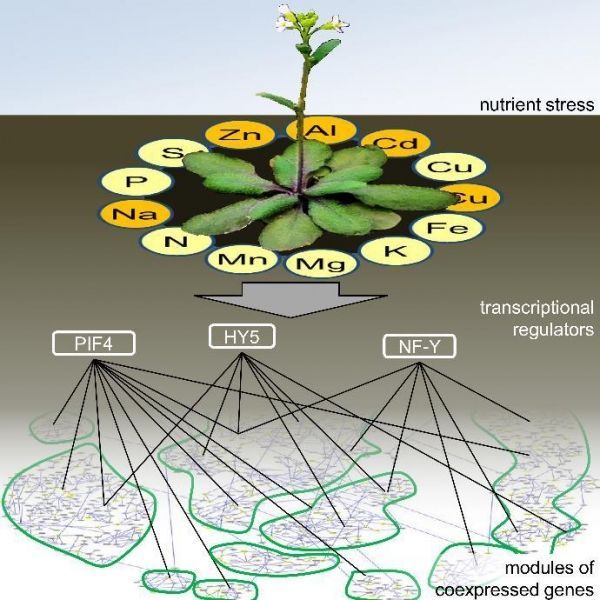Unlike animals, plants cannot move and tap into new resources when there is a scarcity or lack of nutrients. Instead, they have to adapt to the given situation. They do so by activating sets of stress-specific genes As a result, they basically reprogram their metabolism.
Plant researchers Dr. Tzvetina Brumbarova and PD Dr. Rumen Ivanov from the HHU Institute of Botany (head: Prof. Dr. Petra Bauer) looked at the stress programmes activated by the model plant Arabidopsis thaliana. They wanted to find out which response strategies are used by the plant, which is also known as ‘thale cress’. Brumbarova and Ivanov used a computer-assisted approach to analyse extensive gene expression data from the scientific community.
Based on the analysis, the HHU researchers found that the data contained some surprising strategies used by Arabidopsis. Firstly, three of the main regulators identified by the authors to play a role in stress responses are already known: They also control the plant’s response to light. “This suggests that light can also control nutrient uptake in the subterranean parts of the plant like the roots,” explains Tzvetina Brumbarova.
Read more at Heinrich-Heine University Duesseldorf
Image: Plants have to absorb a large number of nutrients, but often these are available in varying amounts due to changing environmental conditions. They respond by activating different genetic programs in phases of nutrient scarcity. Researchers at HHU found that iron in particular is handled differently. (Credit: HHU / Rumen Ivanov)


